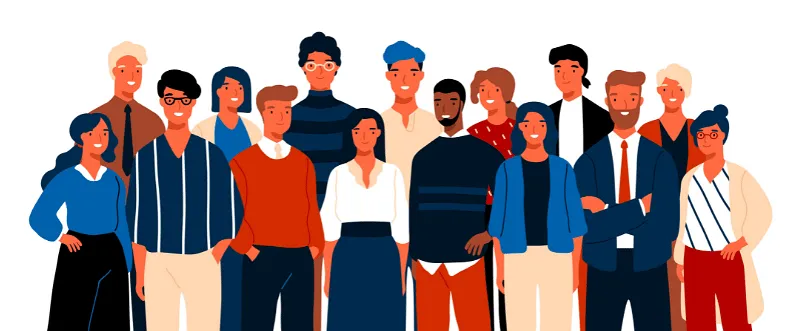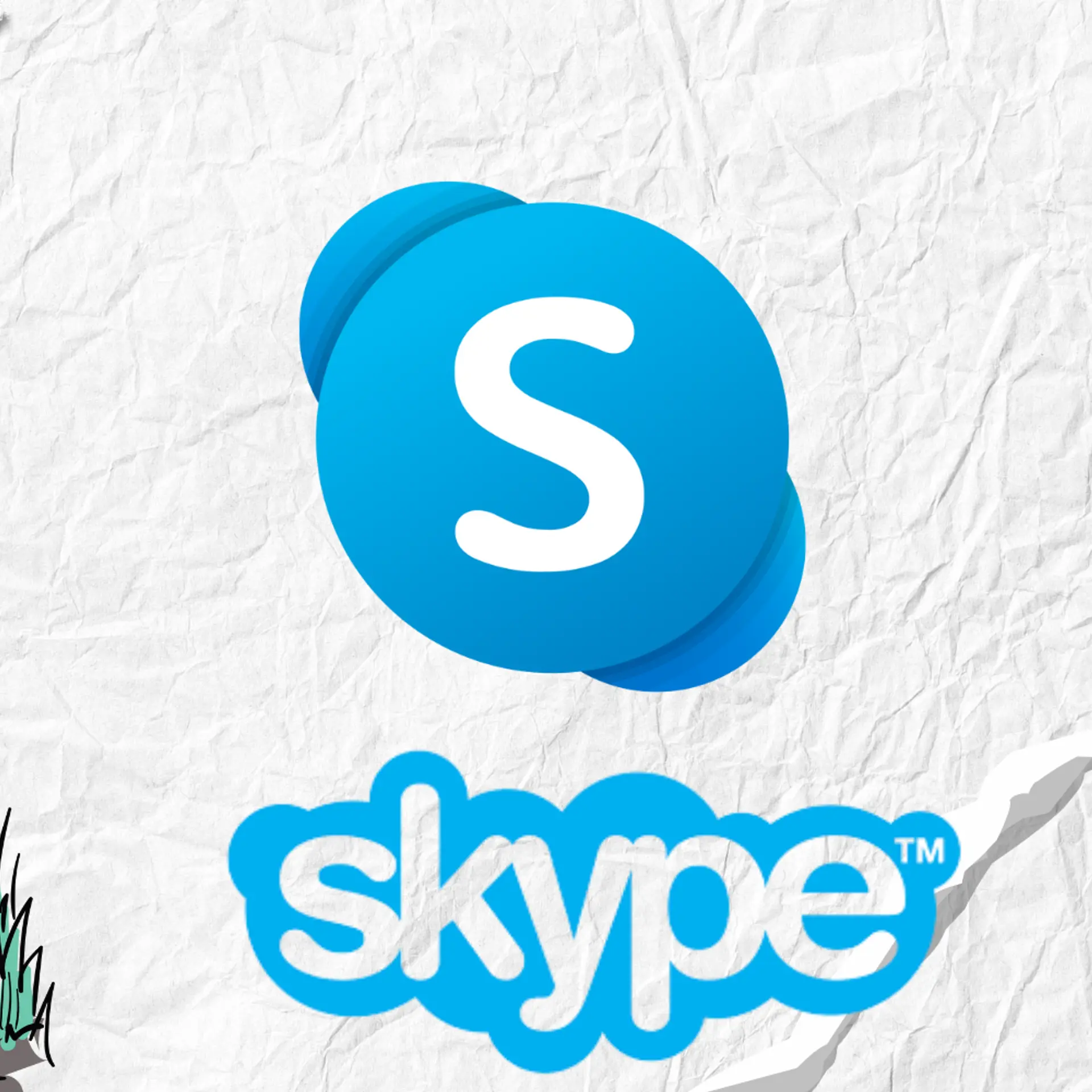Creating an inclusive workplace for LGBTQIA+ employees
Affirmative action such as creating a level playing field for the marginalised sections of our community is only the first step to correcting some historical blunders
Have things changed for the better since the abrogation of Section 377 of the Indian Penal Code in 2018 that decriminalised homosexuality in India? It is a question to consider any time of the year and more so in June when we celebrate the annual Pride Month in many parts of the world. But the question is, in some sense, flawed, but we will come to that in a bit.
A recent study titled “From Fear to Courage: Indian Lesbians’ and Gays’ Quest for Inclusive Ethical Organisations”, published in the Journal of Business Ethics, says not much has changed and that the LGBTQ+ employees in India Inc are leading two lives. This report, in a way, supports the earlier statement that the questions the real change and why the question itself is flawed.

We should eliminate cultural or systemic biases in hiring processes and understand the real value created by a diverse team
Affirmative action such as creating a level playing field for the marginalised sections of our community is only the first step to correcting some historical blunders. It is, in fact, even a little surprising that some of us would even expect any real change to happen in a hurry. Changing the laws and treating the LGBTQIA community members as equal and needing the extra push to catch up is not the same as accepting it as only natural by the whole country. That will take time, though hopefully, it will happen soon.
One may even argue that we hold the key to the change and the speed at which it happens. Large corporations with long muster rolls today have well-articulated diversity and inclusion policies, with many specific ones for the LGBTQIA community. Some even have internal training programmes for employees to create a welcoming environment for all, a vital first step towards building trust. This is a big first step for a country like India, where until 2018, the general policy was simply “don’t ask, don’t tell”, the elephant in the room we chose to ignore.
But there is a lot more that needs to be done. Whether we like it or not, businesses tend to focus on economic outcomes more than anything else. To put it more bluntly, companies usually don’t start with the objective of bringing about social or cultural changes.
By believing otherwise, we risk the changes we are trying to bring about becoming tokenism or even empty ‘virtue signalling’.
To improve the diversity quotient, we should not only eliminate cultural or systemic biases in hiring processes but also address them from the other end of the spectrum i.e. appreciate the real value delivered by a diverse team. As an organisation, we should learn to not only appreciate this diversity perspective but also understand that this adds substantial value to our business too.
From a corporate standpoint, big ideas that can lead to significant changes need the commitment of senior management and leaders and, more importantly, the endorsement and support from the rest of the company. “Putting the money where the mouth is” is the best way to make this happen. In my view, a few critical steps can ensure this -
- When hiring an LGBTQIA person, promise yourself that you will stand in their corner until the fight is finished. That’s a life-long commitment to keep an eye on the individual’s career progress and overall well-being.
- Assign one mid to senior-level colleague to mentor and counsel the LBGTQIA employee who can be the friend and confidant inside the company.
- Above all, demand real outcomes. Let’s make them feel unique and not different, i.e., and their identity is not a burden but an asset that brings value to the organisation.
The estimated size of the LGBTQIA population in India varies between 2.5 million to around 10 percent of the population of approximately 130 million people – the former being a government estimate from 2012 and the latter from advocacy groups. We may disagree on the actual size of the LGBTQIA community, but we can certainly agree on one thing. India is an inclusive civilisation. This is the foundation we have to build a better India that has a place for everyone.
(Disclaimer: The views and opinions expressed in this article are those of the author and do not necessarily reflect the views of YourStory.)
Edited by Diya Koshy George


![[Queer Changemakers] How Pride Circle is bringing a culture transformation at the workplace](https://images.yourstory.com/cs/5/f5a7f3304b1211e9b6645b8ae897d03e/Screenshot2022-06-21at1-1655800160704.png?fm=png&auto=format&h=100&w=100&crop=entropy&fit=crop)




